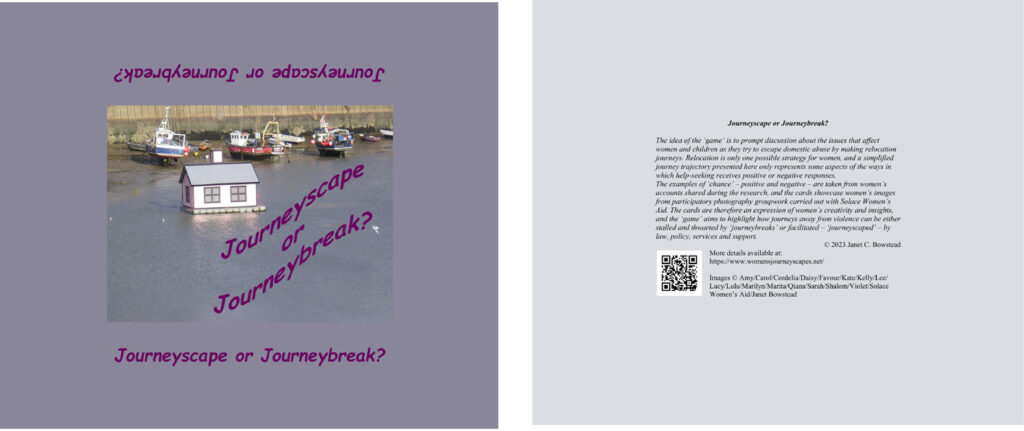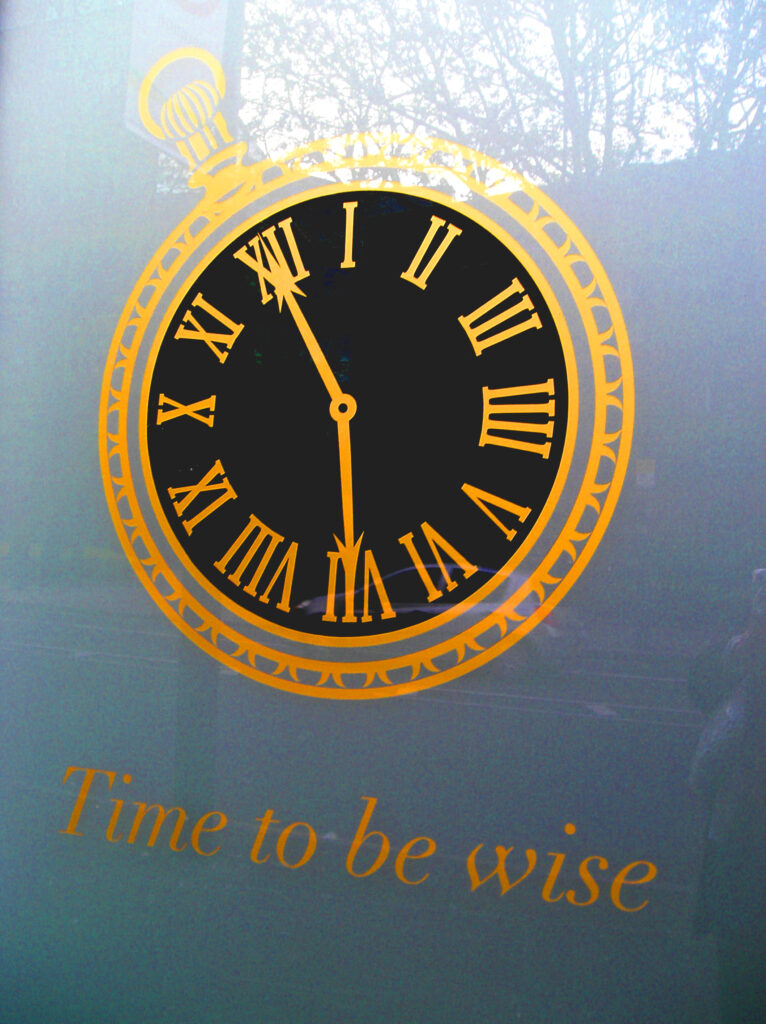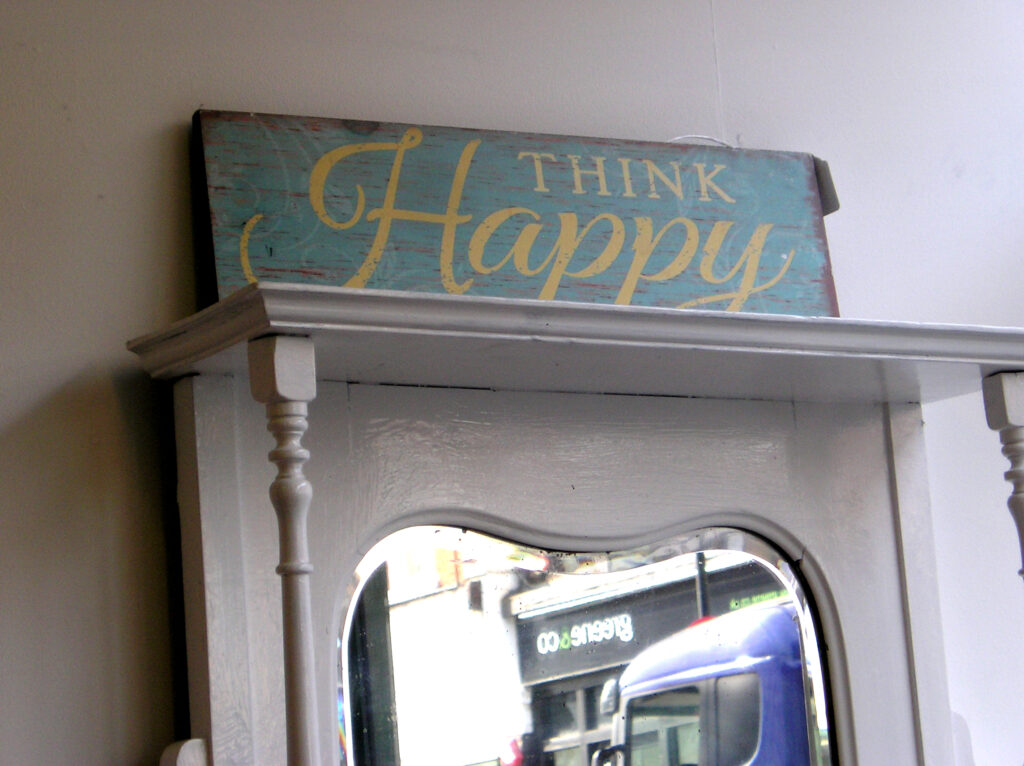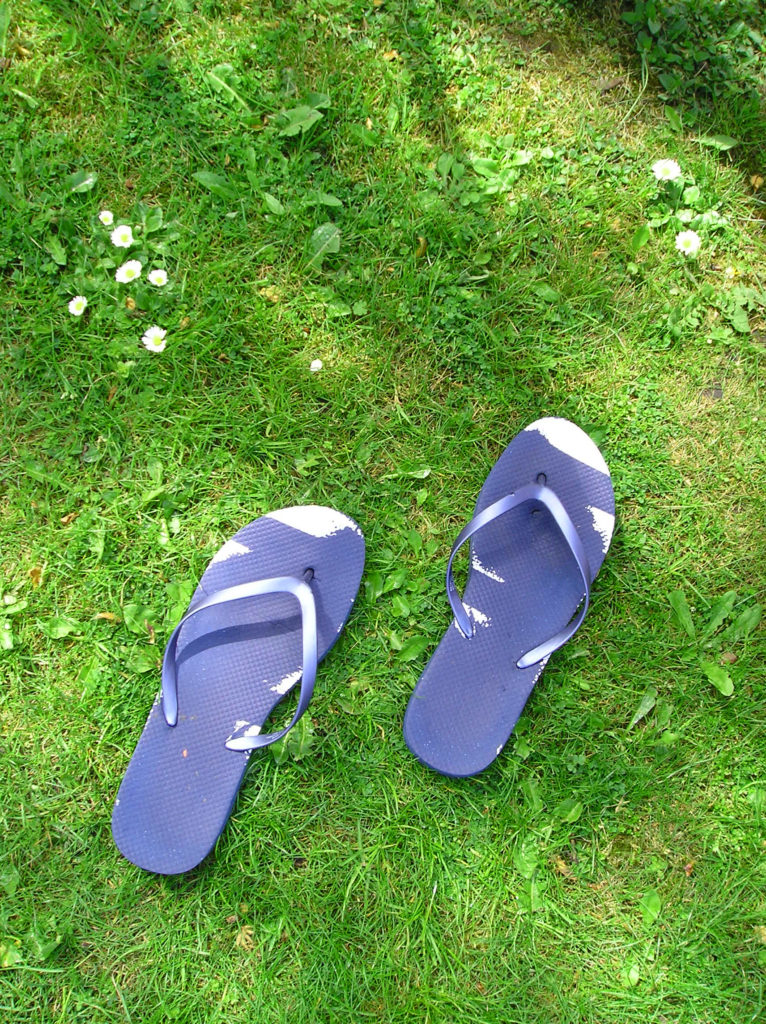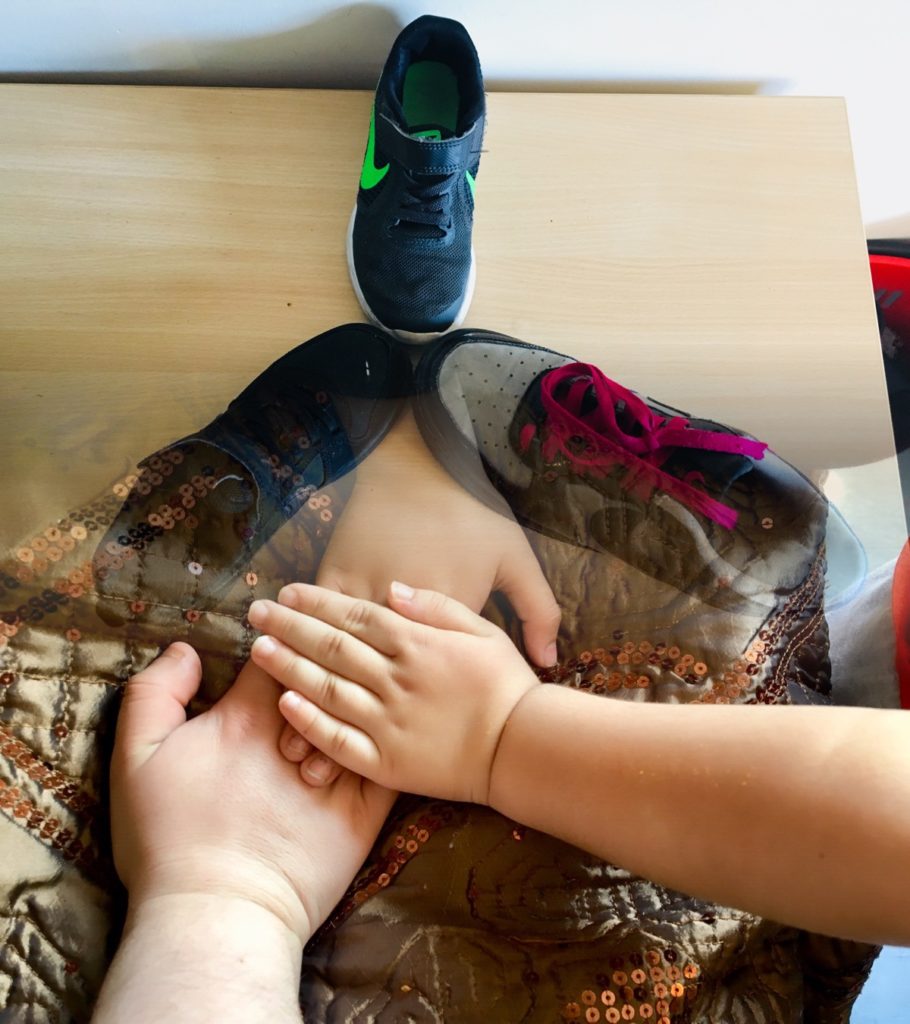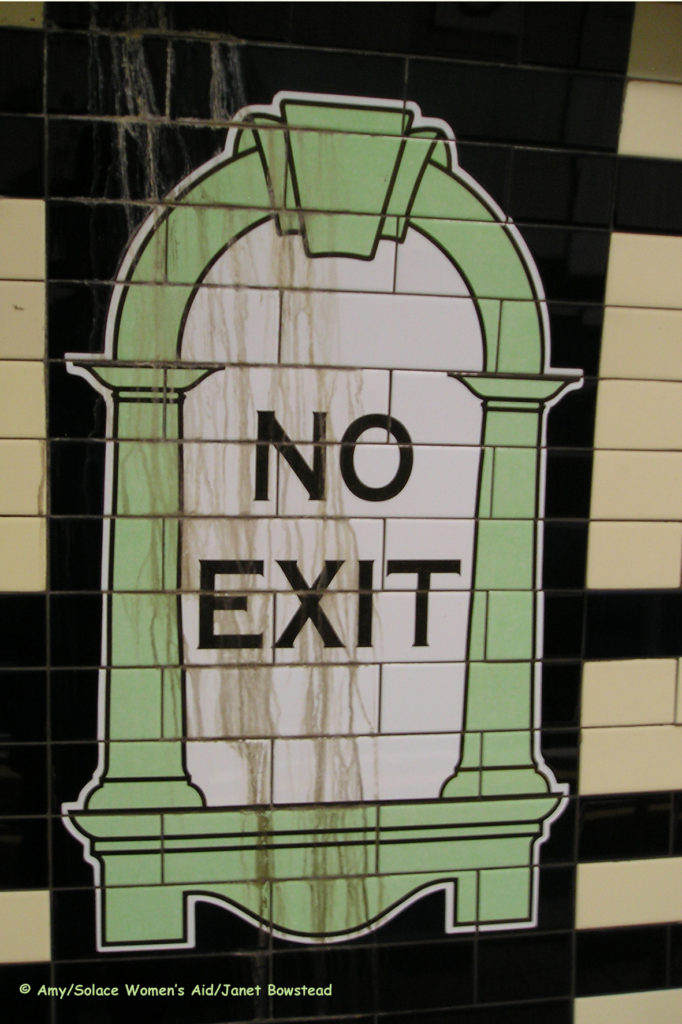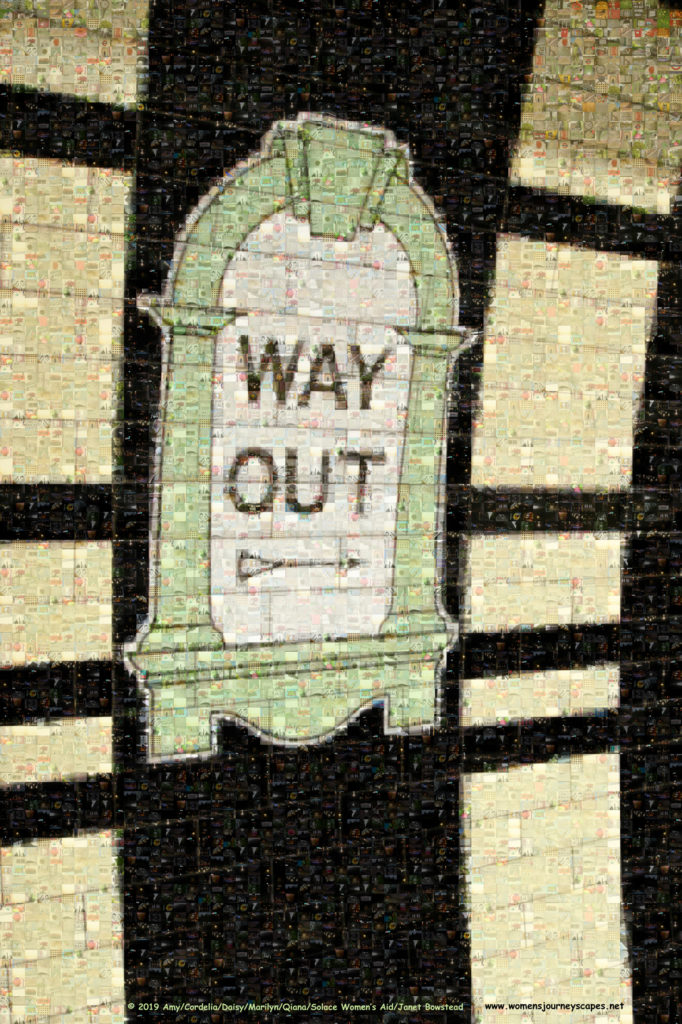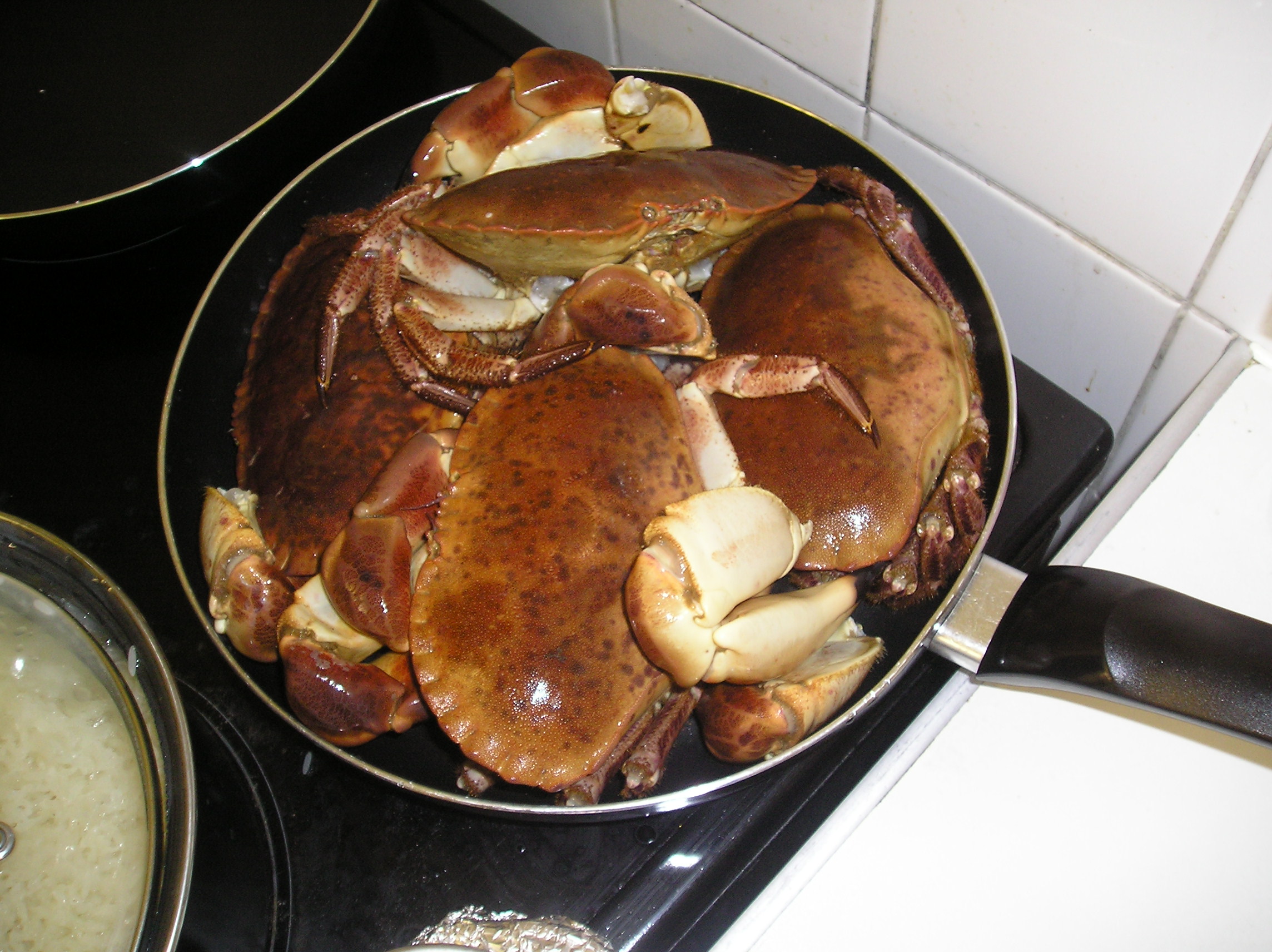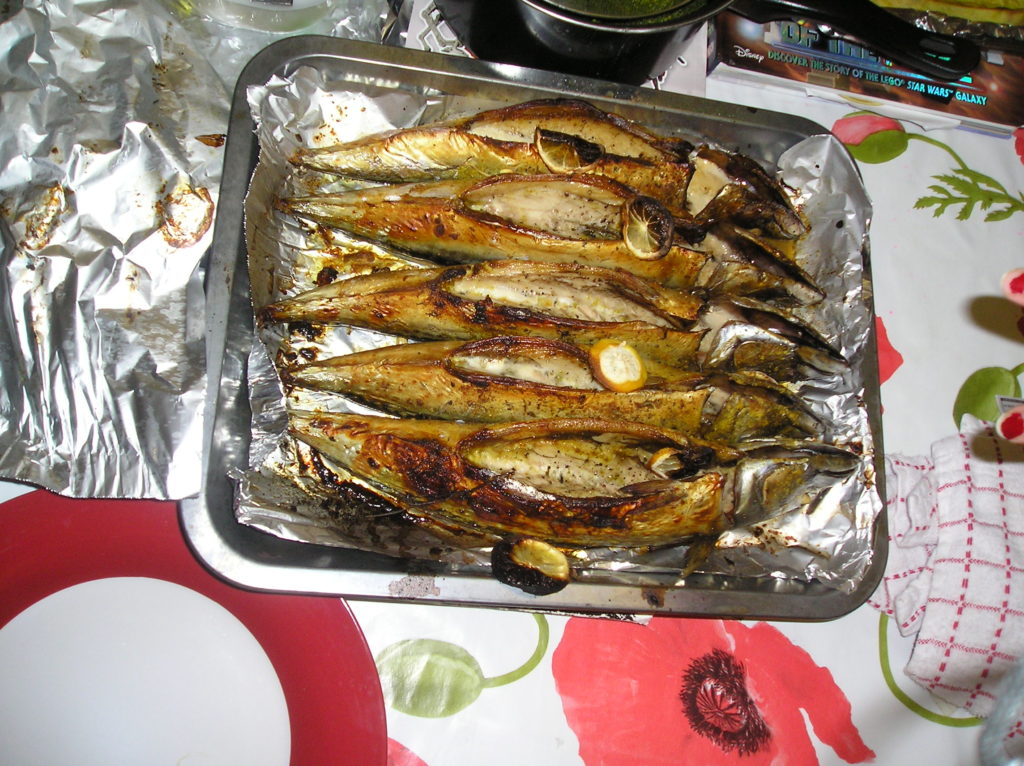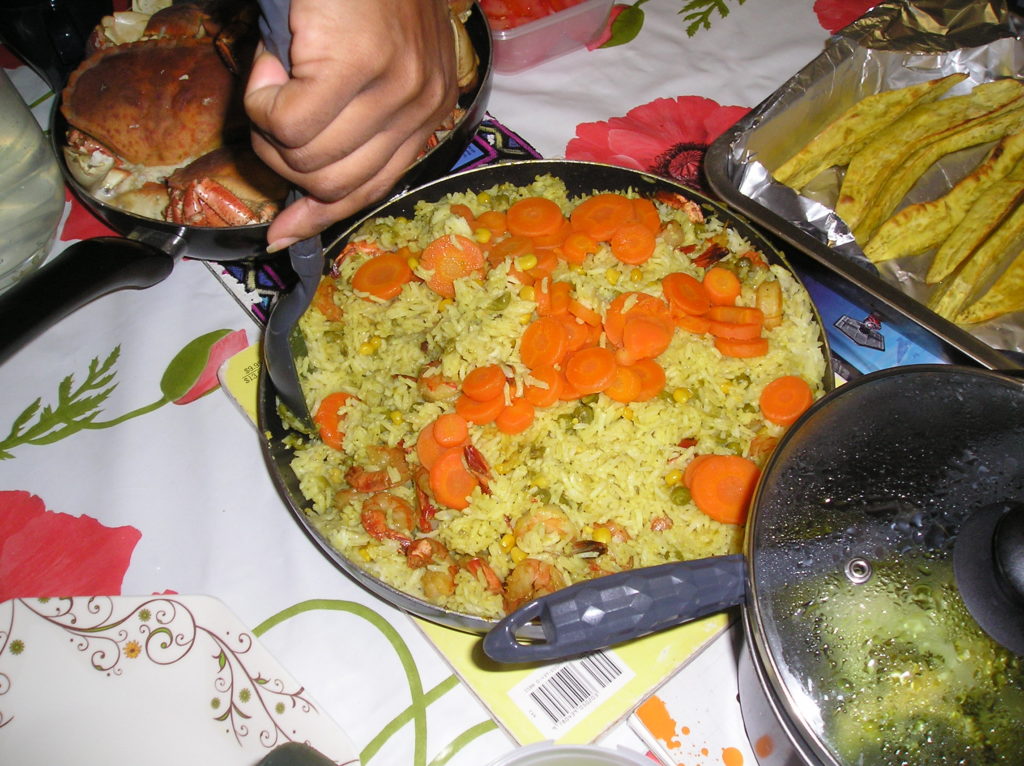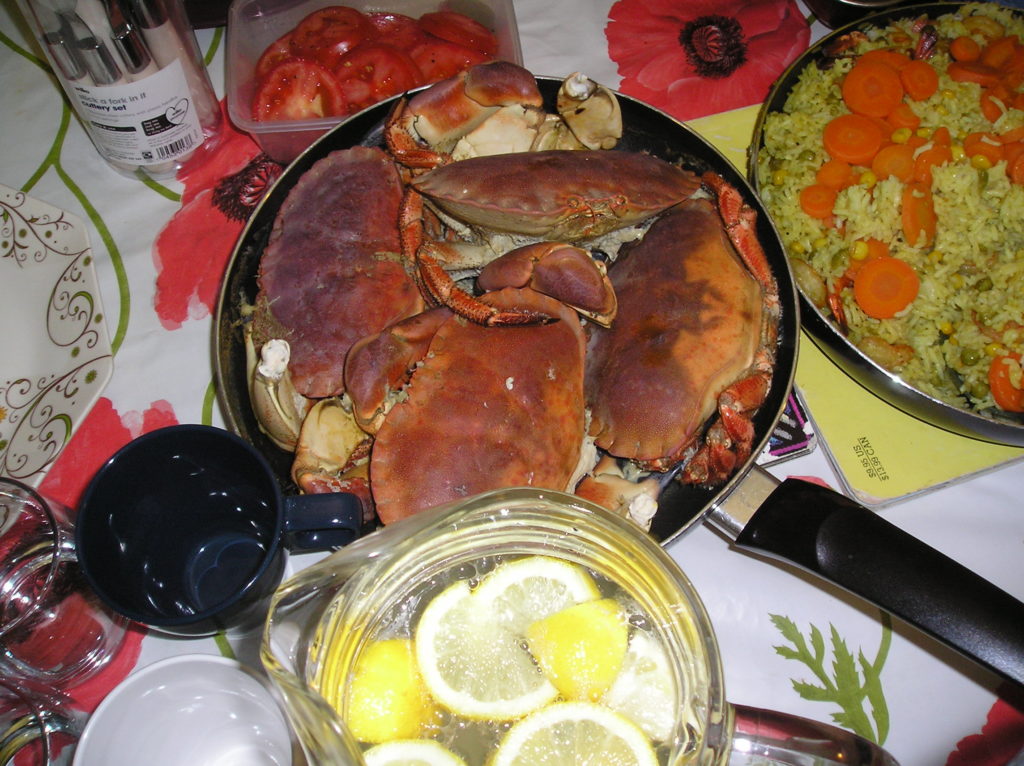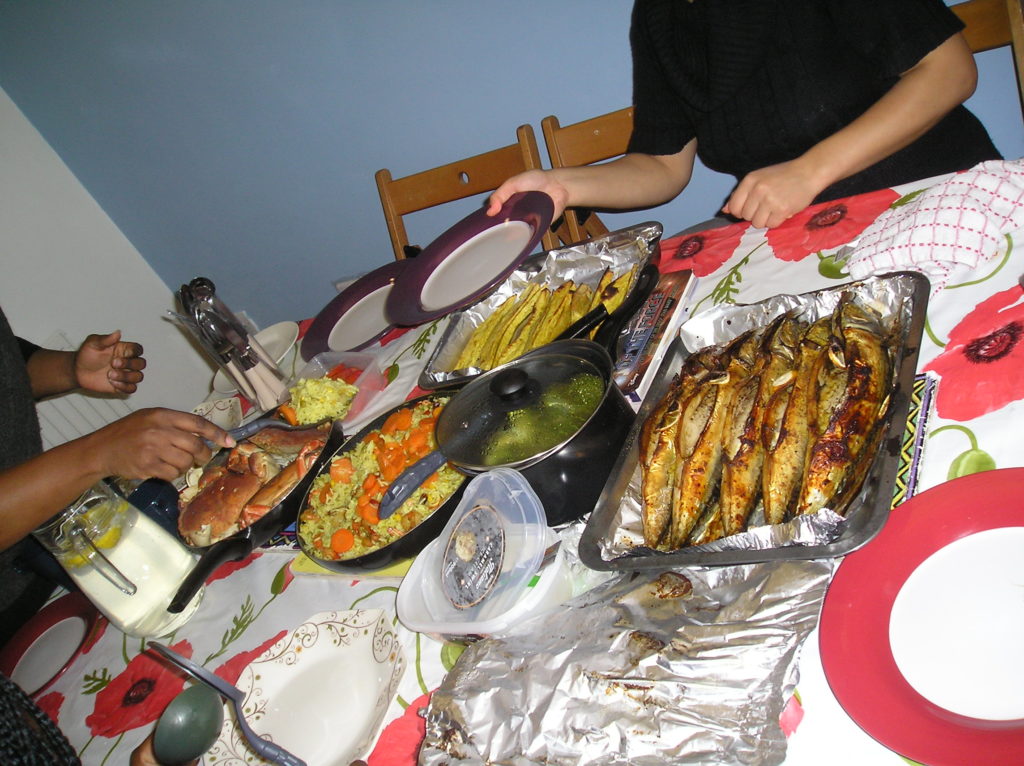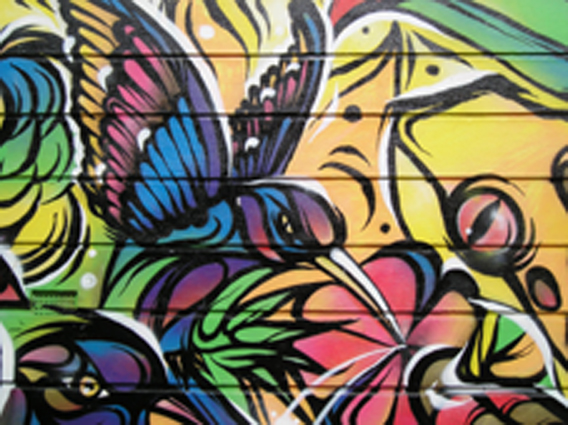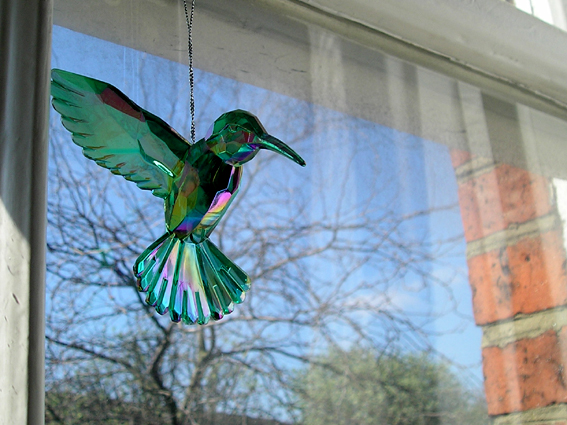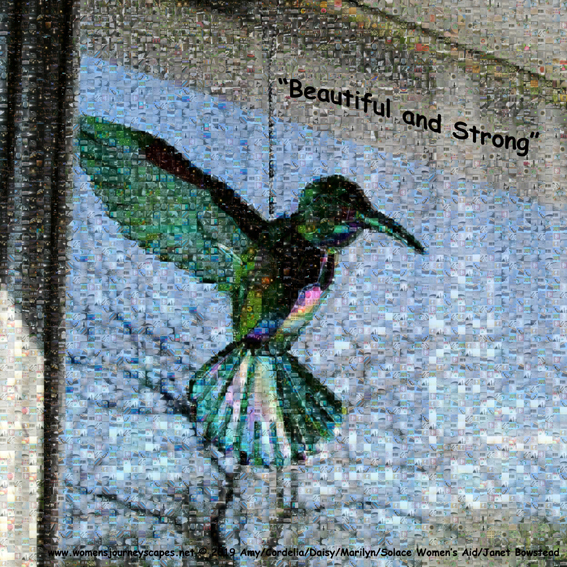Every year the International Day for the Elimination of Violence against Women (25th November) is linked to International Human Rights Day (10th December) via the internationally-recognised “16 days of activism”.
It’s a tough reminder of the extent of violence against women – and the ongoing struggle for women’s rights as human rights.
During these 16 days it can be painful to be thinking about the level of abuse and violence, and the consequences for each woman, and for society as a whole.
We can feel overwhelmed.
So it’s vital also to see these days as days of activism against abuse and inequality – and to focus on the positives and the achievements.
As part of this project on women’s journeys away from abuse, women took part in participatory photography groupwork in London. Over weekly sessions, participants used their photography and captions to communicate their experiences, producing images, maps and collages for themselves, for the group, for display in women’s services, and for wider presentation through the research.
One of the strongest messages they wanted to share – amongst themselves and to wider audiences – was their positive experiences of escaping abuse.
Women shared images of celebrating a new start, of what made them happy, and photographs of inspiring signs they saw:
- Time to be wise
- Think Happy
- Today is your lucky day
This short video shows some of their images of positive messages to encourage other women escaping abuse.
© 2024 Lee, Lucy, Sarah, Kate, Kelly, Shalom, Carol, Marita, Amy, Daisy, Marilyn, Cordelia/Solace Women’s Aid/Janet Bowstead

